Shattuck-St. Mary's School: A Legacy of Excellence in Academics, Arts, and Athletics
- tony65993
- Jul 2
- 8 min read
Founded in 1858, Shattuck-St. Mary's School is located in Faribault, Minnesota, in the central-southern part of the state. The campus is conveniently situated about a 50-minute drive from downtown Minneapolis and the international airport.

The school boasts over 160 years of history and is known for its blend of tradition and modernity. As a prestigious boarding school, it offers a rigorous academic curriculum, a rich campus culture, and diverse professional development opportunities. The 120-acre campus features beautiful surroundings and state-of-the-art facilities, providing students with an immersive learning and living experience.

Shattuck-St. Mary's offers a college-preparatory curriculum with a focus on academic excellence. One of its most distinguished programs is the "Centers of Excellence," which provides high-level training platforms in various fields, including hockey, soccer, golf, performing arts, biological sciences, and engineering innovation. The school places great emphasis on character development, leadership, discipline, and responsibility, striving to help students grow in both academics and life.
At 7:30 AM, the school bus arrived on time to take us to the campus. Upon arrival, we met briefly with Headmaster Mr. Matthew Cavellier in front of the iconic Chapel of the Good Shepherd.

The school had thoughtfully arranged a vocal performance to showcase its nine-year-old Vocal Program.
The program’s core curriculum includes one-on-one vocal and piano lessons, along with music theory. Students have ample opportunities to perform, including solo concerts, competitions, school worship services, and other events. Many students also participate in piano ensembles, choirs, orchestras, and some even learn guitar and other instruments.


Abigail, a senior from Kazakhstan, gave a wonderful performance, singing "The Singer" by Michael Bolton. Her emotional depth and powerful voice highlighted her strong vocal foundation and passion for music. This performance also exemplified the program's success in nurturing international students.
The school also offers a Pre-Conservatory Music Program, which is designed for students passionate about music composition and performance. The program includes instrumental lessons, composition, and masterclasses, and has even welcomed students who play the guzheng, reflecting the school’s commitment to cultural diversity. This year, the program organized a week-long trip to New York, where students visited instrument manufacturers to broaden their artistic perspectives.

After the performance, our tour of the campus continued with a variety of activities, including campus tours, in-depth discussions with outstanding international students, and group photos. The atmosphere was warm and friendly, with everyone introducing themselves while the school thoughtfully provided snacks.
Shattuck-St. Mary's originated from a boys' military school and a girls' school, and in 1977, the two institutions merged into a co-educational boarding school for grades 6 through 12. The school has two main campuses: the middle school (grades 6–9) located in the former girls' school area, and the upper school (grades 10–12) in the former boys' military school area, with separate dorms for 12th-grade girls. The dormitory arrangements are considerate, with the Whipple Dormitory even featuring a tunnel to the academic building, ensuring convenient winter access.
The Inn, one of the oldest buildings on campus, was originally a medical room during the military school era. Now, it serves as a guesthouse for visitors and is often rented out during exam periods or special events. The Parade Field, once used for military parades, is now a recreational space open to the community. On sunny days, students often gather here to picnic or relax.

The campus is rich in historical charm, with original woodwork and hand-painted honor boards, and the campus bell rings every 15 minutes, adding to the traditional atmosphere. The administrative area, known as the "Red Carpet" region, is home to many faculty and staff who are alumni, fostering a tight-knit community built on generational connections.
Under the leadership of Headmaster Matt Wolfgram and Vicki Parrish, Director of the weCreate Creative Space, we began our tour of the school's innovative academic and creative facilities. The school’s expansive campus is impressive, almost resembling a university. The headmaster’s office is located in the academic building, symbolizing the close integration of management and education.

The WeCreate Creative Space offers students opportunities for course learning, independent exploration, and project-based practice. The space emphasizes interest-driven learning, skill development, and hands-on experience. Students develop problem-solving skills in projects such as laser cutting and 3D printing, fostering collaboration and creativity in ways that traditional classrooms cannot replicate.

Shattuck-St. Mary's adheres to a teaching philosophy that emphasizes "transferable skills," focusing on how academic knowledge can be applied to real-world problem-solving. For example, students in the digital clock-making project combined physics, engineering, and programming. In project-based learning, students not only master tools and skills but also develop the ability to apply knowledge and solve complex problems.


In addition, during the student fashion design presentation, students showcased a variety of works, including bags, pillows, tops, sweaters, and skirts, reflecting personalized designs and exquisite craftsmanship. Various tools, such as sewing machines and label printers, were used in the production process, incorporating the Design Cycle concept, which emphasizes skill and perseverance. For example, when making pleats for a skirt, students first sew basic stitches before gathering the fabric. Many students went through repeated attempts before successfully completing complex projects. The process also involved mathematical calculations, such as size measurements and seam calculations, highlighting the application of interdisciplinary knowledge.


The school also offers specialized facilities for music production, performance, and recording, preparing students for college applications and helping them showcase their work. The facilities include several pianos, computers pre-installed with music and digital arts software, and shared spaces for cross-disciplinary integration. In addition to music programs, the school offers courses in vocal performance, choir, orchestra, and engineering excellence, all available to students free of charge.


The school’s Engineering Center of Excellence is one of its standout academic offerings, designed for students interested in pursuing engineering careers in college. The program, led by Alice Jones, combines theoretical learning with hands-on experiments, including 3D modeling and printing (using Autodesk Fusion 360), circuit design, robotics programming (Arduino + C++), and mechanical engineering.

Students are encouraged to engage in competitions like the NASA HUNCH project, where they collaborate with NASA engineers to design prototypes.

Student feedback has been very positive, especially regarding the significant growth of international students after their adaptation period. Case studies from students show strong practical skills and innovative spirit. For example, a Chinese student developed a facial recognition-based door-opening system, while another student designed and built an electric car, exploring various materials and connection methods during the process. These experiences not only enhanced their professional skills but also boosted their confidence and teamwork abilities.

During our visit, we also explored the Hirst Library, where the tradition of hand-painting each year’s student names on the library walls continues, symbolizing the school’s respect for its history and traditions.


Shattuck-St. Mary's School's biological science program is led by former doctor Marilyn Liberty and emphasizes hands-on practice and interdisciplinary exploration. The program is open to all students interested in health sciences, public health, bioethics, and related fields. The curriculum covers core topics such as human anatomy, bioethics, infectious diseases, and public health, moving away from traditional exams and encouraging deeper understanding through dissections, writing exercises, and independent research. Students will gain practical medical skills like suturing and intubation and will experience medical scenarios firsthand through field trips, such as mock surgeries, drug experiments, and public health seminars, which help them explore potential career paths in a real-world context.


Students are required to complete an original research project, even in 9th grade, attempting to tackle cutting-edge issues. For example, Alice Moon researched microplastic content in precipitation, Justin Kim explored the impact of anxiety on teenagers' sense of time, and Raymond Johnson aimed to uncover the connection between vaccine response differences and emotions or physiological hormones. The core of the program is to stimulate curiosity and critical thinking. Many graduates have gone on to careers in medicine, research, or related industries, showcasing the program's strong support for academic and professional development.

The school’s lunches are also diverse and well-balanced, offering a variety of options that cater to different tastes while maintaining a focus on nutrition.
In the afternoon, we visited the Newhall Auditorium, where we learned about the school’s rich theater tradition, graduation speech system, mentorship programs, and student activities. The school’s Drama Society, founded in 1864, hosts 2-3 high-quality performances every year. On the day of our visit, the performance was The Addams Family. The theater space was stunning, and the performance was unique. Students can also visit the “Green Room,” a backstage area that records past student activities, giving a sense of the school’s deep historical roots.



During the campus tour, we also learned about many of the school’s rich facilities and activity arrangements. The school store not only offers snacks and clothing but also provides mail and package services for students. Each international student can pre-deposit a certain amount of tuition for on-campus spending, and any unused balance can be refunded. The school has strict dress code policies, requiring uniforms during class, but students are allowed to wear casual clothes during extracurricular activities. Additionally, the school offers a variety of sports facilities, including a training gym and basketball courts, where students can engage in extracurricular activities.

Regarding student activities, the school places particular emphasis on students’ health and college admissions. Every year, students successfully gain admission to top universities like Harvard and Princeton. The school also has a robust health management system, especially for students involved in sports like ice hockey and figure skating, providing necessary training and rehabilitation support. The sports facilities are open every day, and athletes can train under the guidance of professional coaches. The school also offers physical fitness tests and sports medicine support, helping students optimize their training plans and maintain good health.


In summary, Shattuck-St. Mary’s School offers a positive learning and athletic environment, encouraging students to participate in various sports activities while ensuring their physical and mental health are fully supported.
The school’s Boys' Soccer Program is part of the MLS Next League, covering age groups such as U15, U17, and U19, with games mostly taking place in the Midwest League. Athletes undergo five days of training and two weightlifting sessions per week, with matches typically scheduled on weekends. The program focuses on recruiting 15-year-olds and provides financial aid based on need, with many international players participating. The program has a long history and has developed many top players, with numerous graduates going on to attend prestigious universities.

Mike Carpenter, Deputy Director of Admissions and alumnus, introduced the school’s ice hockey and figure skating programs. The school has two full-size standard ice rinks and one mini training rink, offering flexible training schedules to help students develop discipline and independence. The ice hockey program has achieved significant success, winning multiple national championships and producing NHL players and Olympic athletes. The school’s admissions process emphasizes students’ adaptability and fit within the community culture, rather than just focusing on hockey skills. Students come from all over the United States, and the number of international students is limited, with a strong focus on academic and character education.
The figure skating program also offers training at various levels, from beginners to advanced skaters. The program encourages students to manage their own time and develop their interests, cultivating self-driven abilities. The school actively engages with the community, regularly hosting ice skating events to foster connections with families.
The golf program is divided into two levels: Tier 1 (advanced) and Tier 2 (beginner). Each student trains for two hours daily and participates in several tournaments. Winter training is mostly held indoors. The school has advanced training facilities and its own golf course, which is very close to the campus. Tier 1 students participate in high-level competitions, while Tier 2 students are suited for beginners. The program also offers college admissions support to help students apply for universities and runs a summer camp that attracts promising students.



Additionally, the school provides diverse dormitory options, ensuring that students live in a safe and comfortable environment. There are four boys’ dormitories and one senior girls’ dormitory on campus. Each dorm has a microwave, but no kitchen. The dormitory rooms are mainly double rooms, with a few single and triple rooms, and single rooms are usually allocated to students with special needs. Each dorm is managed by dorm parents, ensuring that the living and learning environment remains orderly.

The school also offers convenient on-campus housing, with some staff members choosing to live in the dorms to better manage students and assist with daily operations. Dormitory cleaning checks are conducted regularly to ensure students' living spaces are clean and tidy. Every dormitory is equipped with shared hygiene facilities, and students have access to free laundry services.

The campus tour concluded successfully! This visit allowed us to gain a deeper understanding of the school’s dormitories, facilities, and student life. It also highlighted the school’s care and attention to each student. Every detail reflects the school’s dedication and professionalism, ensuring students grow and learn in a safe, comfortable environment. We look forward to more exciting campus stories!













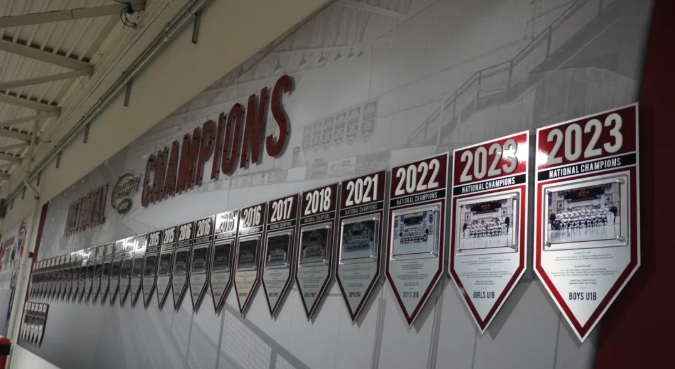

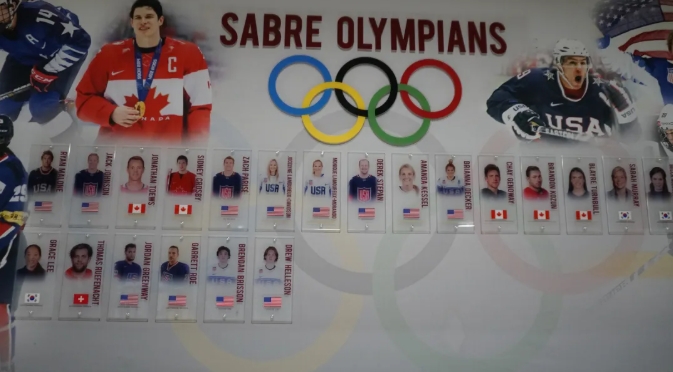

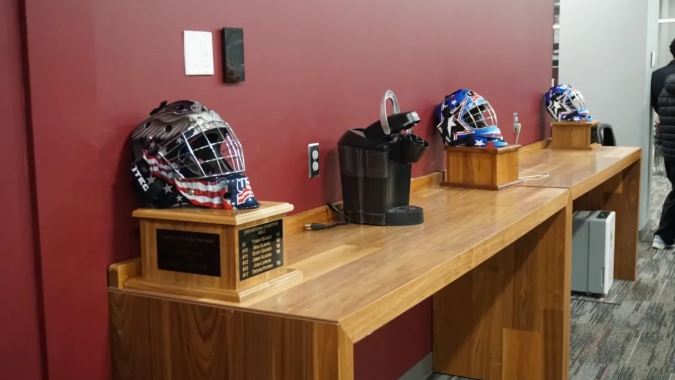





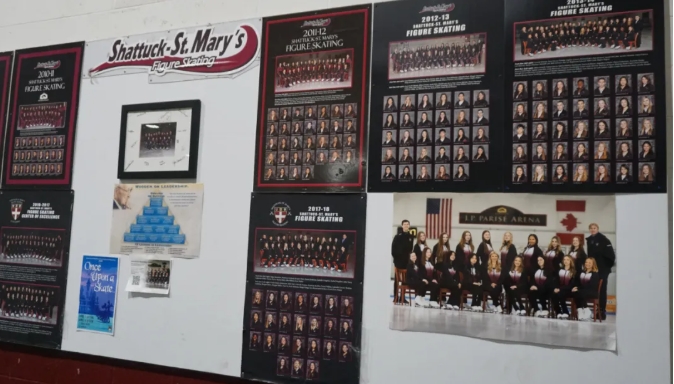

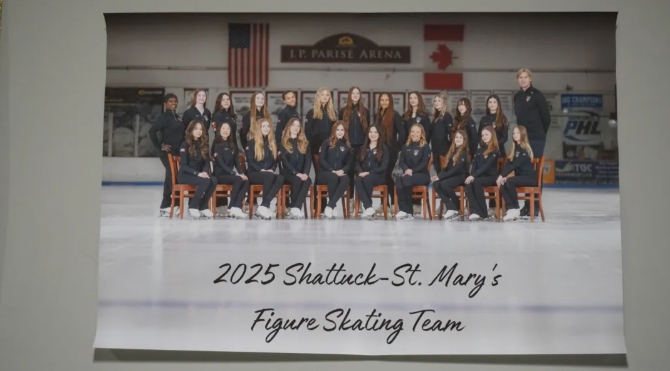



The Stussy 8 Balls collection reflects a true legacy of streetwear culture. Known for its bold design and cultural significance, it has influenced generations of fashion enthusiasts. A perfect mix of comfort and heritage, it remains an essential part of modern wardrobes. Shop authentic options at Stussy Jacket.